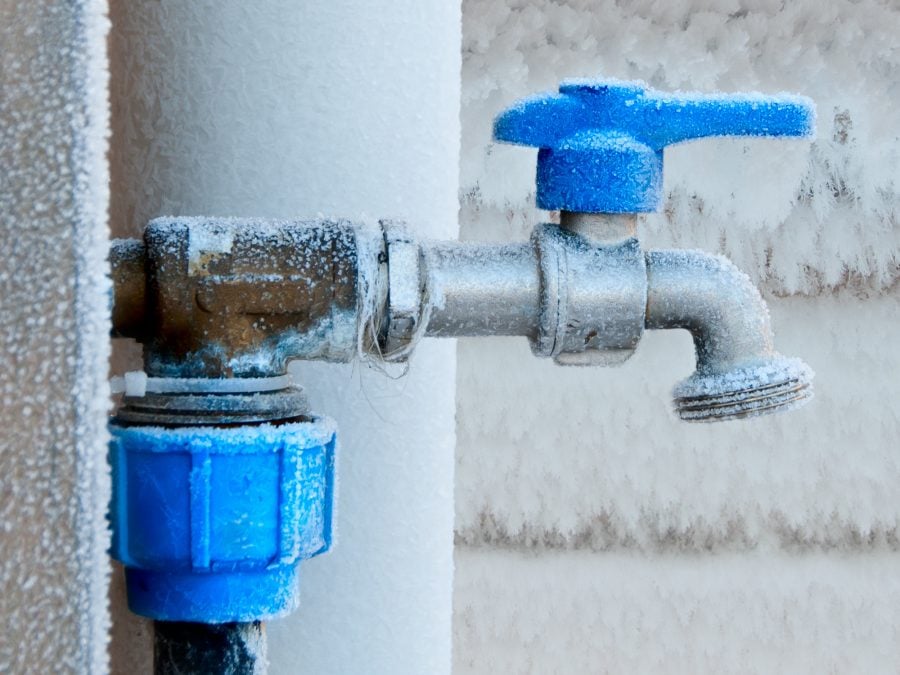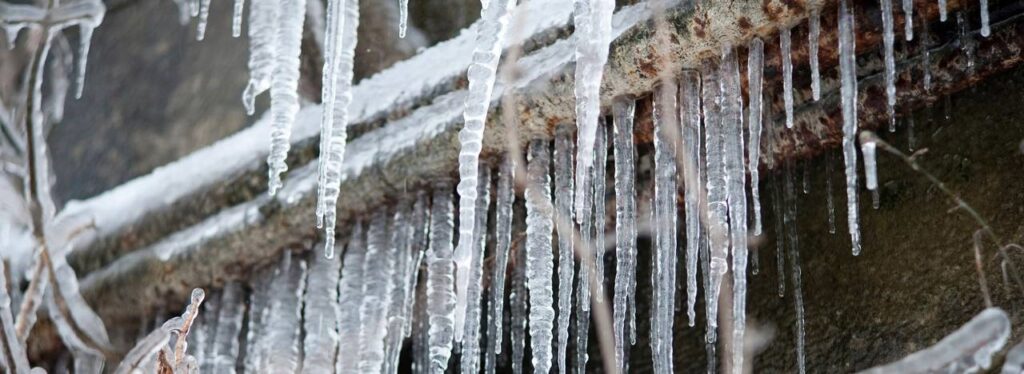Avoiding Frozen Pipes in Winter: Critical Advice
Avoiding Frozen Pipes in Winter: Critical Advice
Blog Article
How do you feel about Winter Plumbing Precautions: Preventing Frozen Pipes?

Cold weather can ruin your plumbing, especially by freezing pipes. Right here's just how to prevent it from taking place and what to do if it does.
Introduction
As temperature levels decrease, the threat of icy pipes boosts, possibly bring about pricey repair services and water damages. Comprehending how to avoid icy pipes is vital for homeowners in cool climates.
Avoidance Tips
Shielding susceptible pipes
Cover pipes in insulation sleeves or utilize warmth tape to safeguard them from freezing temperatures. Concentrate on pipes in unheated or external areas of the home.
Home heating methods
Keep indoor spaces appropriately warmed, particularly locations with plumbing. Open up cabinet doors to permit warm air to distribute around pipelines under sinks.
How to determine icy pipes
Try to find lowered water flow from faucets, uncommon odors or noises from pipes, and noticeable frost on revealed pipes.
Long-Term Solutions
Architectural changes
Think about rerouting pipelines away from outside wall surfaces or unheated areas. Include added insulation to attic rooms, basements, and crawl spaces.
Upgrading insulation
Invest in high-grade insulation for pipelines, attics, and walls. Appropriate insulation assists preserve constant temperatures and reduces the threat of icy pipes.
Safeguarding Outdoor Plumbing
Yard hose pipes and outdoor taps
Detach and drain pipes yard hoses prior to winter months. Mount frost-proof spigots or cover outdoor taps with insulated caps.
Understanding Icy Pipelines
What creates pipes to freeze?
Pipelines ice up when subjected to temperatures below 32 ° F (0 ° C) for expanded periods. As water inside the pipelines ices up, it broadens, taxing the pipeline walls and possibly creating them to burst.
Dangers and problems
Icy pipes can cause water supply interruptions, residential or commercial property damage, and costly fixings. Burst pipes can flood homes and cause comprehensive structural damages.
Indications of Frozen Pipeline
Identifying icy pipelines early can prevent them from bursting.
What to Do If Your Pipelines Freeze
Immediate activities to take
If you presume frozen pipes, keep taps available to ease stress as the ice thaws. Make use of a hairdryer or towels taken in hot water to thaw pipelines gradually.
Conclusion
Protecting against frozen pipelines calls for proactive procedures and fast reactions. By recognizing the reasons, signs, and preventive measures, home owners can protect their plumbing throughout winter.
5 Ways to Prevent Frozen Pipes
Drain Outdoor Faucets and Disconnect Hoses
First, close the shut-off valve that controls the flow of water in the pipe to your outdoor faucet. Then, head outside to disconnect and drain your hose and open the outdoor faucet to allow the water to completely drain out of the line. Turn off the faucet when done. Finally, head back to the shut-off valve and drain the remaining water inside the pipe into a bucket or container. Additionally, if you have a home irrigation system, you should consider hiring an expert to clear the system of water each year.
Insulate Pipes
One of the best and most cost-effective methods for preventing frozen water pipes is to wrap your pipes with insulation. This is especially important for areas in your home that aren’t exposed to heat, such as an attic. We suggest using foam sleeves, which can typically be found at your local hardware store.
Keep Heat Running at 65
Your pipes are located inside your walls, and the temperature there is much colder than the rest of the house. To prevent your pipes from freezing, The Insurance Information Institute suggests that you keep your home heated to at least 65 degrees, even when traveling. You may want to invest in smart devices that can keep an eye on the temperature in your home while you’re away.
Leave Water Dripping
Moving water — even a small trickle — can prevent ice from forming inside your pipes. When freezing temps are imminent, start a drip of water from all faucets that serve exposed pipes. Leaving a few faucets running will also help relieve pressure inside the pipes and help prevent a rupture if the water inside freezes.
Open Cupboard Doors
Warm your kitchen and bathroom pipes by opening cupboards and vanities. You should also leave your interior doors ajar to help warm air circulate evenly throughout your home.

I came across that article on 6 Ways to Prevent Frozen Pipes when doing a lookup on the internet. For those who enjoyed reading our post please make sure you remember to share it. We cherish reading our article about 6 Ways to Prevent Frozen Pipes.
Schedule Today Report this page